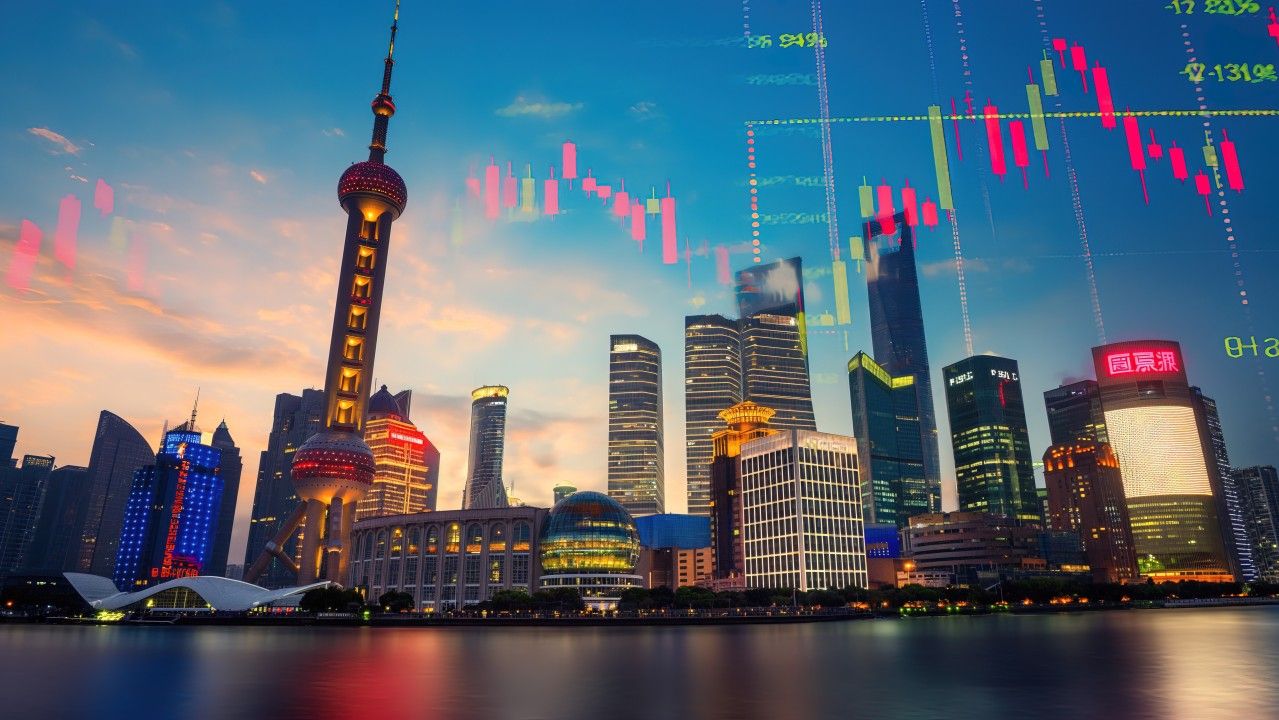China's Outbound Investment (ODI) - Flows, Where, What, Why

For the past two decades, China’s outbound investment (ODI) has evolved from bold overseas acquisitions into a more strategic, diversified, and regionally adapted capital flow. From headline-grabbing deals in Europe and the US, to large-scale Belt & Road Initiative (BRI) projects in Asia, Africa, and Latin America, ODI has been a key driver of global economic change.
In 2025, the character of ODI is shifting again. It is more localized, more disciplined, and more directly tied to China’s industrial upgrading and geopolitical strategy. Understanding these flows is essential for anyone involved in trade, investment, or cross-border partnerships.
1. The Flows - Size, Shape, and Speed
-
Global rebound: After seven consecutive years of contraction, China’s ODI rose in 2024.
-
Europe recovery: ODI into Europe reached €10 billion in 2024 (+47% y/y), the first rebound since 2016.
-
BRI record: BRI engagement surged to US$121.8 billion in 2024 across ~340 deals - including US$51 billion in investments and US$70.7 billion in construction contracts.
-
Cumulative footprint: Since 2013, BRI-linked projects have crossed US$1.175 trillion in engagement value.
-
Deal structures:
-
Greenfield projects (Europe, ASEAN): job-creating, politically acceptable, tariff-hedging.
-
Joint ventures & EPC contracts (Middle East, Africa): large-scale infrastructure, sovereign-backed.
-
Minority stakes/offtake agreements (Latin America, Africa): minerals, energy, offtake security.
-
-
Sectoral concentration: EV & batteries, energy transition assets, critical minerals, ports & logistics, and select industrial tech/software.
2. Where - Regional and Country-Level Hotspots
Europe: The Tariff & Screening Workaround
-
Hungary: CATL building a battery gigafactory in Debrecen; BYD investing in an EV plant in Szeged.
-
Germany: Select minority stakes in automotive tech, but high scrutiny.
-
UK, France: Lower volumes, but occasional software/gaming investments.
-
Why: Localized plants bypass tariffs on China-made EVs and withstand EU/UK screening.
-
Implication: Expect Europe to become a Chinese EV production corridor, anchored in CEE.
Southeast Asia: China+1 Factory Floor
-
Indonesia: Nickel smelting, EV battery chains (CATL, Tsingshan).
-
Vietnam: Electronics, solar panels, EV assembly lines.
-
Thailand: Growing EV assembly and auto parts.
-
Why: ASEAN offers labor cost advantages, China+1 supply chain diversification, and preferential RCEP access.
-
Implication: ASEAN will increasingly serve both domestic growth markets and export hubs into the West.
Middle East: Capital + Energy Transition Alignment
-
Saudi Arabia: JVs in petrochemicals and green hydrogen; Sinopec-Aramco downstream partnerships.
-
UAE: Grid-scale renewables and solar panel production; ties with Masdar and Mubadala.
-
Why: Gulf states want to diversify beyond oil; China provides technology and scale.
-
Implication: Expect co-financed megaprojects with sovereign wealth funds as risk buffers.
Africa: Resources and Corridors
-
DRC/Zambia: Copper-cobalt mines (China Molybdenum, Huayou Cobalt).
-
Ethiopia, Kenya, Nigeria: Railways, ports, and highways.
-
South Africa: Renewables and logistics.
-
Why: Securing critical minerals and building trade corridors.
-
Implication: China’s role remains dominant, but with smaller, bankable projects post-debt criticism.
Latin America: Minerals and Grids
-
Argentina: Ganfeng Lithium in brine operations.
-
Brazil: State Grid Corporation controlling major transmission lines.
-
Chile & Peru: Copper and lithium partnerships.
-
Why: Latin America is essential for energy transition minerals.
-
Implication: ODI here is resource-driven with a growing focus on energy infrastructure.
3. What - Sectoral Priorities in Detail
-
EVs & Batteries
-
Europe: Localization (BYD, CATL).
-
ASEAN: Vertical integration from nickel to battery cells.
-
Why: Tariff evasion + mineral supply security.
-
-
Energy Transition Assets
-
Middle East: Solar, hydrogen, storage JVs.
-
Africa: Renewable power and grid projects.
-
Europe: Offshore wind and solar expansions.
-
Why: Aligns with global decarbonization trends.
-
-
Critical Minerals
-
Latin America: Lithium (Argentina, Chile, Bolivia).
-
Africa: Cobalt, copper (DRC, Zambia, Peru).
-
Why: Secures raw inputs for EV and renewable supply chains.
-
-
Ports & Logistics
-
Gwadar (Pakistan), Hambantota (Sri Lanka), Piraeus (Greece).
-
Industrial parks in ASEAN and Africa.
-
Why: Anchors trade routes, ensures shipping resilience.
-
-
Tech & Digital (Selective)
-
Minority stakes in gaming, fintech, software - but under scrutiny in advanced economies.
-
Why: Capture digital ecosystems without regulatory overreach.
-
4. Why - Strategic Logic Behind ODI
-
Screening pressures: US, EU, and UK FDI laws push ODI toward greenfield projects and politically acceptable deals.
-
Tariff hedging: EV tariffs in Europe/US force local production to remain competitive.
-
Supply chain resilience: ODI secures access to lithium, cobalt, copper, and rare earths for China’s manufacturing industries.
-
Energy transition synergy: ODI aligns with host-country renewable goals, reducing political friction.
-
BRI 2.0: Projects are smaller, greener, more financially sustainable - a departure from debt-heavy megaprojects.
5. Policy & Risk Filters
-
Host-country screening:
-
EU: Focus on infrastructure and tech.
-
US: New outbound notification regime covers AI, chips, and quantum.
-
-
Tariffs and trade defense: EV tariffs in Europe are accelerating localization.
-
Debt sustainability: Multilateral co-financing now common in BRI projects.
-
Geopolitical risk: Telecoms, defense, and frontier tech avoided to reduce scrutiny.
6. Implications for Stakeholders
-
Governments: ODI is now tied to jobs and industrial development, making it harder to reject - but careful regulatory oversight is key.
-
Corporates: Opportunities in joint ventures, supply chain partnerships, and co-location with Chinese firms.
-
Investors: ODI flows are leading indicators of industrial hubs - Hungary (EVs), Indonesia (nickel), Brazil (transmission grids).
7. The Merandi Global Lens
At Merandi Global Consulting, we view ODI as a barometer of Beijing’s long-term industrial and geopolitical intent. By tracking where China invests, in what sectors, and under which structures, we help our partners:
-
Decode: Identify priority markets where China is committing capital.
-
Align: Co-invest or partner in supply chains, logistics, and renewables.
-
Design: Entry strategies that are compliant, risk-managed, and resilient.
Final Word
China’s outbound investment is not retreating. It is repositioning - smaller in size, greener in scope, sharper in focus, and more aligned with global sustainability narratives.
For those ready to interpret the flows and act, ODI is a roadmap to the next decade of growth, supply chain transformation, and geopolitical alignment.
Follow Merandi Global Consulting for in-depth insights on global investment flows, Belt & Road dynamics, and strategies for cross-border growth.



